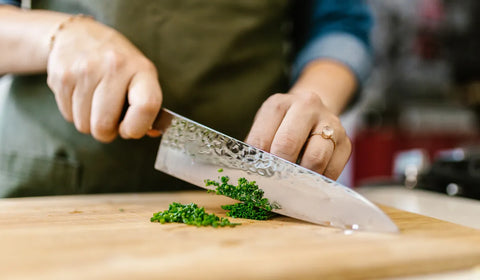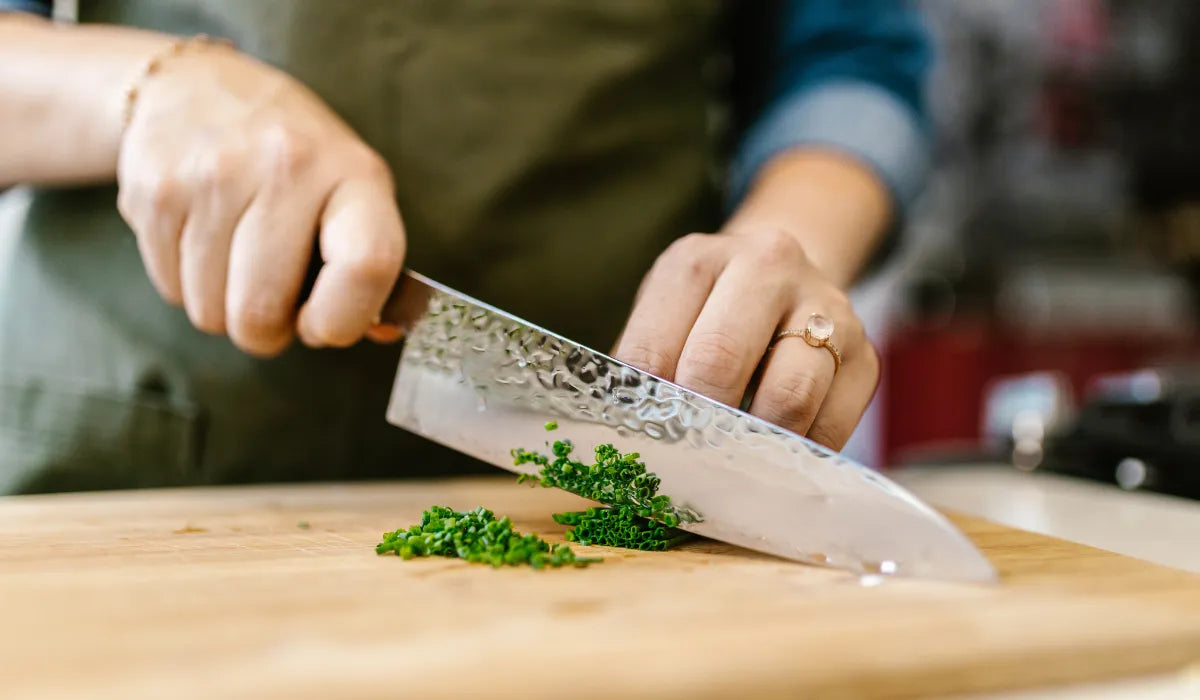Mastering the Art of Cooking-Why Sharp Edges Are Essential for Every Chef
In the culinary world, having the right tools at your disposal can make all the difference between a mediocre meal and a dish that truly impresses. Among these tools, knives play a crucial role. But not just any knife will do; sharp edges are essential for every chef, whether a novice or a professional. In this article, we delve into the significance of sharp edges in cooking and how they can elevate your culinary skills.
Understanding Sharp Edges
What Makes a Knife Sharp?
A sharp knife features a fine edge that can easily slice through various ingredients. The angle of the blade, the material it's made from, and the honing process all contribute to its sharpness. Knives typically have edges that range from about 12 to 20 degrees, with lower angles making for sharper but more fragile blades, and wider angles providing sturdier edges for tougher tasks. Understanding these specifications helps chefs select the right knife for their needs.
The Importance of Knife Maintenance
Having a sharp knife isn’t just about its initial quality; it’s also crucial to maintain that sharpness. Regular honing and sharpening are essential practices every chef should embrace. Honing realigns the blade's edge, ensuring it remains sharp for longer periods, while sharpening involves removing some metal to create a new edge. Proper maintenance extends the lifespan of your knives and ensures they perform well in cutting various ingredients.
The Role of Sharp Knives in Cooking
Enhanced Safety in the Kitchen
While it might seem counterintuitive, sharp knives are actually safer than dull ones. Dull knives require more force to cut through food, increasing the likelihood of slipping and causing an injury. A sharp knife allows for more controlled, precise cuts, significantly reducing the risk of accidents. Adopting a habit of using sharp knives can lead to a safer kitchen environment.
Improving Food Preparation
Sharp knives enable chefs to work more efficiently and swiftly. With sharper blades, cutting through ingredients—whether tough vegetables or delicate fruits—becomes effortless. This efficiency translates to more time spent enjoying the cooking process and less time laboring at the cutting board. Ultimately, sharp knives promote a more enjoyable cooking experience.
Cook Like a Professional
Precision in Presentation
In the culinary arts, presentation is everything. Dishes that look good are just as important as those that taste great. Sharp knives allow for clean, precise cuts—a critical factor in making aesthetic food presentations. Whether slicing vegetables for a salad or carving meat for a roast, sharp knives help deliver uniform pieces that enhance the dish's overall appeal.
A Practical Example: Slicing with Ease
Imagine needing to slice a tomato; a sharp knife cleanly cuts through without crushing the fruit, maintaining its structure and freshness. In contrast, a dull knife would squash the tomato, ruining its appearance and texture. This principle applies to other ingredients as well, making sharp knives indispensable for any chef serious about their craft.
Popular Types of Kitchen Knives
Chefs' Knives
The chef's knife is often considered the workhorse of the kitchen—versatile and essential. Typically ranging from 8 to 12 inches in length, its broad, sharp blade is perfect for slicing, dicing, and mincing. Keeping a chef's knife sharp is vital for efficiency and safety, as this tool is used for nearly every cooking task.
Paring and Utility Knives
Paring knives, usually 3 to 5 inches long, are perfect for intricate tasks like peeling and coring. Utility knives serve as a middle-ground option, bridging the gap between paring and chef's knives. Just like chef's knives, maintaining sharp edges on these tools ensures precision in smaller, delicate jobs in the kitchen.
Conclusion: The Takeaway for Aspiring Chefs
The significance of sharp edges in culinary tools cannot be overstated. For aspiring chefs and seasoned professionals alike, sharp knives enhance safety, improve efficiency, and elevate the quality of food preparation. By investing time and effort into selecting, maintaining, and sharpening your knives, you'll unlock the full potential of your culinary skills. Embrace the art of cooking, and ensure your knives remain in peak condition for every task ahead. Remember, a sharp knife is not just a tool; it's a chef's best friend.
FAQs about Sharp Edges and Knives
How often should knives be sharpened?
Knives should generally be sharpened every few months, depending on the frequency of use. Regular honing can extend the time needed between sharpenings.
What’s the best way to sharpen a knife?
The best methods include using a whetstone, honing steel, or taking knives to a professional sharpener. Each method has its merits and should be chosen based on personal preference and knife type.
Are expensive knives always better?
Not necessarily. While high-quality knives often perform better and last longer, there are many affordable options that are also effective. It’s essential to find a knife that feels comfortable and meets your specific cooking needs.


